It started with a jar of brown rice.
Jewelry maker Patricia Daunis found herself at home one weekend feeling inspired. She and her husband, Bill Dunning, do most of her work at their studio in Portland’s Arts District. But they keep a few tools at their home in Brunswick for when the moment strikes.
It struck.
“I was feeling really good, and I thought, ‘Shoot, I can’t let this feeling
go,’ ” Daunis recalled. “So I started playing with some wax, and I had picked up some tweezers, a little eyebrow tweezer, and I just started goofing around. And there was this jar of brown rice. I thought, ‘That’s cool,’ so I dumped it out and started playing around with it.”
Daunis was on her way to creating a line of earrings, bracelets and rings that she named Ecir – the word “rice” spelled backwards. Each piece features a design inspired by grains of brown rice.
She and Dunning and their team of working artists refined the idea and launched production of the line last year. It’s now for sale in their Portland showroom.
Daunis is known as the Queen of Portland’s Arts District. She and Dunning, a sculptor, have maintained their studio on Congress Street since 1981. The first four years, they were in the State Theatre building. Since 1985, Daunis Fine Jewelry has been on the third floor at 616 Congress St.
They opened their showroom six years ago and have been loyal participants in the First Friday Art Walk, where they show not only their own creations, but also the work of their painter friends.
Their showroom is unique, because the jewelry workbenches are part of the operation. Visitors who trek up three flights of stairs are rewarded with the opportunity to observe the Daunis team, including about a half-dozen artists, at work behind glass.
AT AN EARLY AGE: When she was 10 years old, Daunis told her mother she wanted to go the Rhode Island School of Design. Her dream came true. After graduating from high school, Daunis left Maine and enrolled at RISD in fall 1969. She wanted to design buildings. Or, so she thought. “I loved math. I loved physics. I loved art. I thought, architecture. But I started poking around, and the scale just wasn’t making any sense. Somebody said, ‘You can go into textile design, and they can guarantee you a job in Manhattan.’ Well, growing up in Maine, that sounded perfect. So I went into textile design, but I hated it. It was just awful. It would have been great to be in New York, but what if I hated the job? It was really not for me.”
HEAVY METAL: She discovered the metal shop. “There was a guy taking these big sheets of copper and hammering these forms. Another person was casting with fire and molten metal. There was another person making chains. I just went in and never left. I had to sneak in through industrial design. I went to the head of industrial design and said, ‘I really don’t care if I get a piece of paper from here. I just want to learn something, so just let me stay and I won’t bother you and we’ll all be happy.’ It worked out.”
CREATIVE TEAMWORK: Dunning received his degree in sculpture, also from RISD, although Dunning and Daunis did not meet until both had returned to Maine. They’ve been married 40 years. She sees sculpture and jewelry design as the same thing. “We all know that sculpture is just big jewelry. And jewelry is sculpture that you wear. … Bill is really the toughest critic I have. I will do a bunch of designing, and I will show them to him. He’ll go, ‘You’re not really pushing yourself.’ I can’t fool him. Other people will say, ‘Ooh, that’s nice. That’s nice.’ He’ll say, ‘No, you can go farther.’ ”
ON HOW SHE WORKS: “For me to do really good, creative work, I have to not think about whether somebody will like it. I have to drop into play mode, like a kid. I think it was Picasso who said, ‘All children are artists and then they grow up.’ It’s true. If I can get myself back to that place where we play for the sheer joy, then I know I’m in the right place.”
“On the computer, I have hundreds of pictures of Popham Beach at low tide. Every time the tide goes out, there is a whole new texture. Even the water on the surface is really cool, too. I take pictures. I don’t say, ‘Oh, I am going to make it exactly like this.’ I just kind of let it seep in.”
DOWNTOWN BELIEVERS: Daunis and Dunning opened their studio just as the Old Port was becoming hip and long before anyone imagined an Arts District. Porteous, Mitchell & Braun Co. was still operating as a downtown department store, where Maine College of Art is now. When the Portland Museum of Art opened its Payson Building in 1983, it commissioned Daunis to make commemorative pins for members. They opened their studio in Portland because of the energy of the city, despite the seedy nature of upper Congress Street in the early 1980s. Their block was “a little scary at times,” Daunis said. But they wanted to be here.
WHY THEY STILL DO: “Our son is in Manhattan, on the Lower East Side, so he can walk around the Village. There are all these funky little stores where the owner is in the store. That’s what this area of Congress Street still is. The owner is present. I am here. Bill is here. And we’re all just doing what we do. This part of Portland still has that character, and I think that’s what makes it distinctive. But we might be at risk of losing that. When Portland becomes Franchise City, it will be like anyplace else. People come here for the fact that it is quirky. We have to keep it that way.”
THE MAINE JEWELRY SCENE: “I think it’s very good. Years ago, we used to go to a show in Las Vegas, a big international jewelry show, before the economy went kaput. They had a designer section there, and one year they had 120 designers, all juried in from all over the country. Fourteen of them were from Maine, over 10 percent. … I think that’s pretty phenomenal, and everybody is doing distinctive things. When you go to Manhattan, everybody is ripping everybody else off, so it all looks the same. That’s what’s so cool about what’s happening here. Everybody seems to have a niche.”
SHE WEARS HER OWN: Daunis pretty much only wears her own creations, though she does sample others’ work. “I do like to test drive my new work, so to speak. Besides being an interesting look, my jewelry has to work. It’s engineering. You are putting unlike materials together, and it has to look good and it has to feel good. It has to function in every dimension. I have to wear it to see how it feels.”
Copy the Story LinkSend questions/comments to the editors.


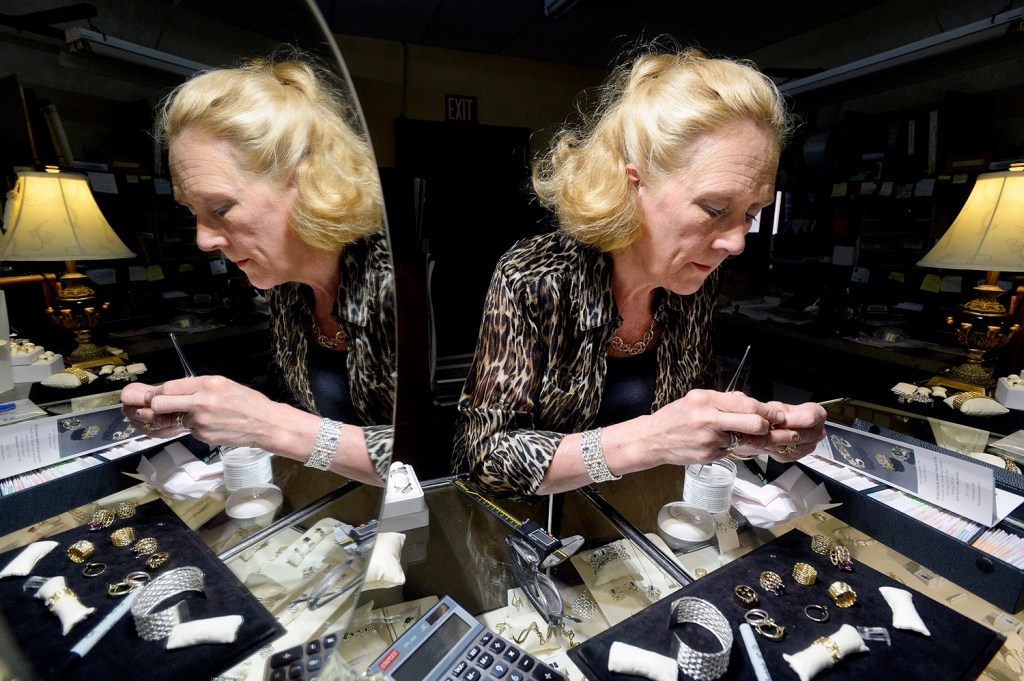
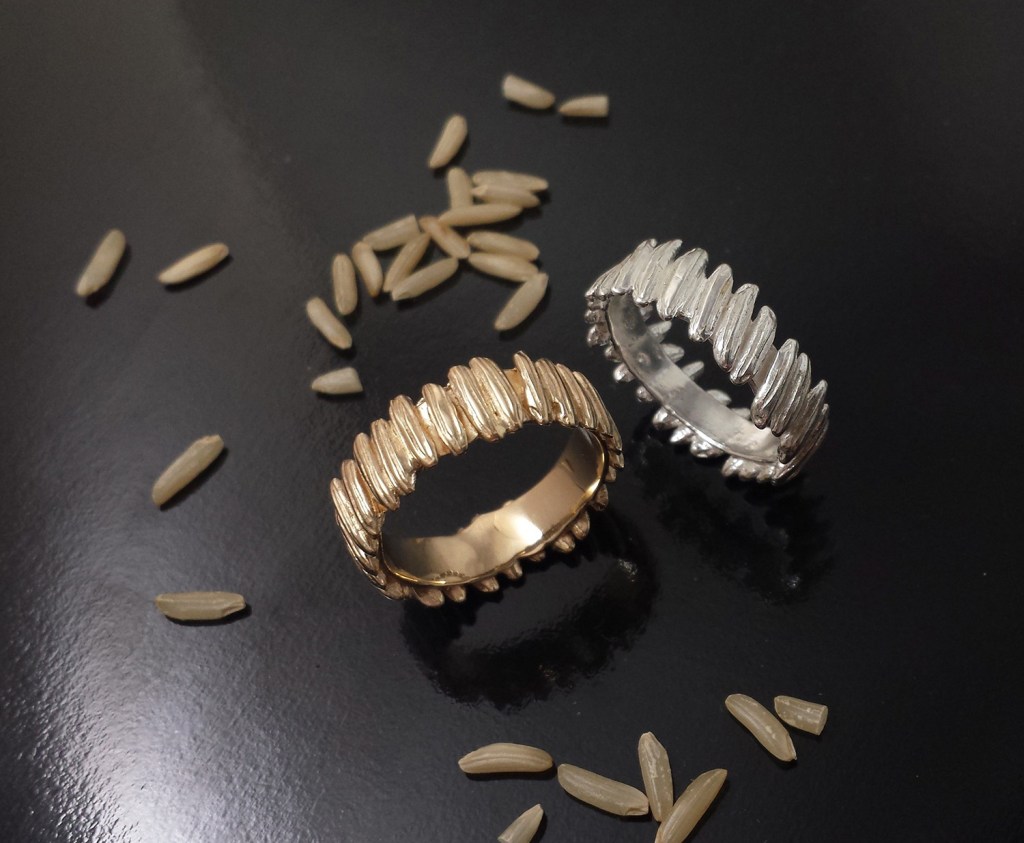
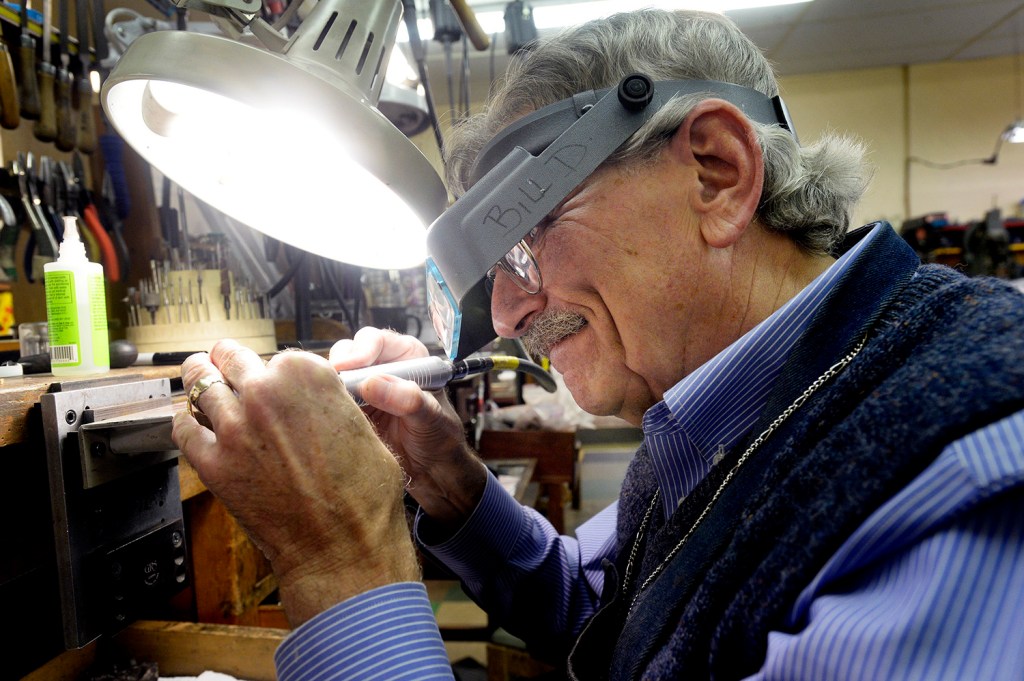
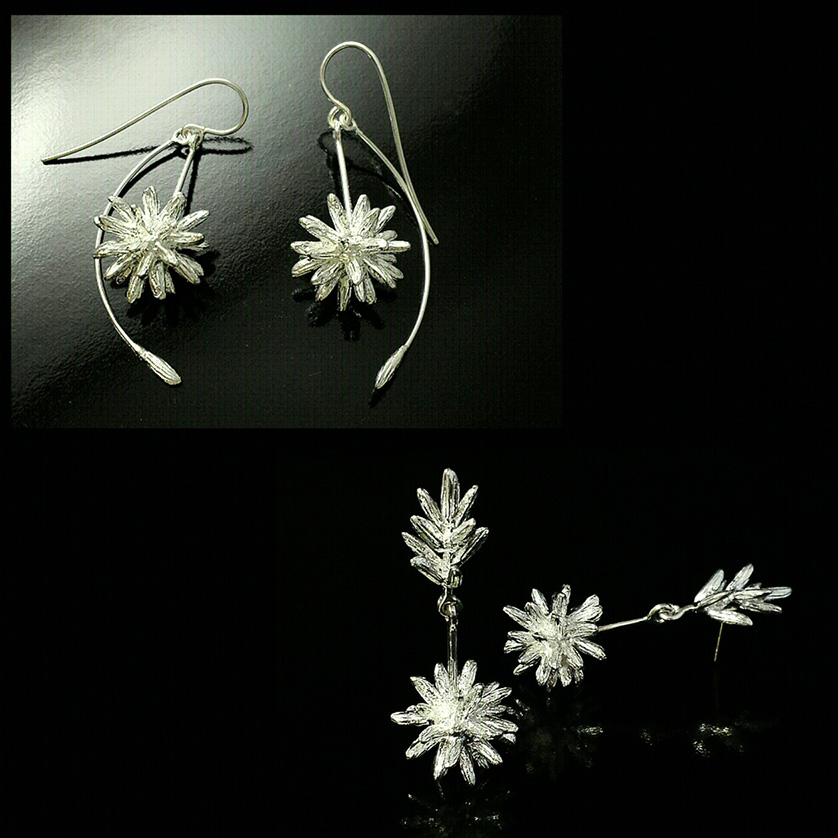
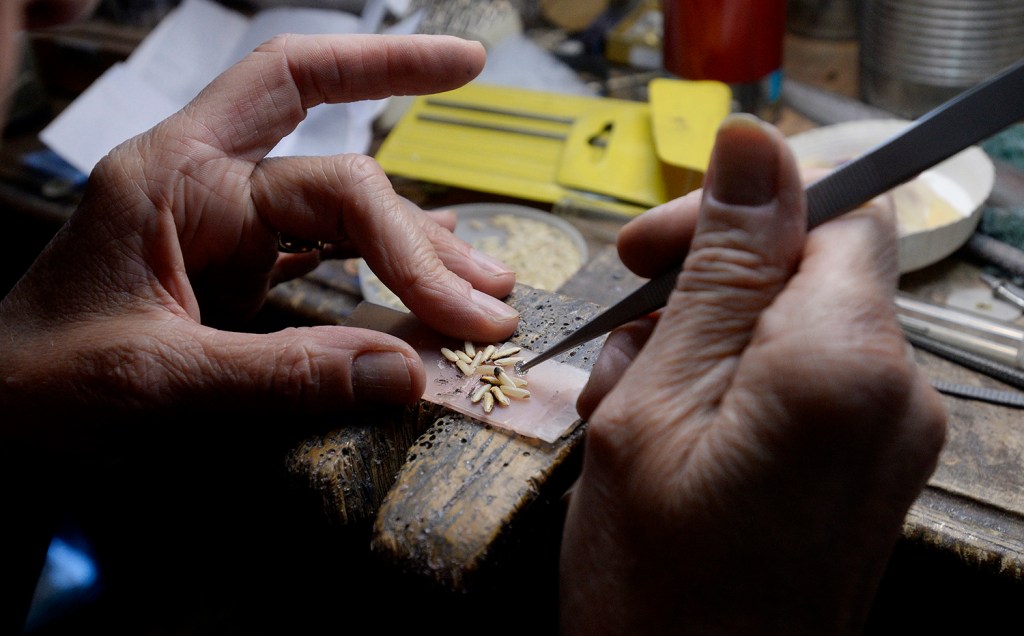
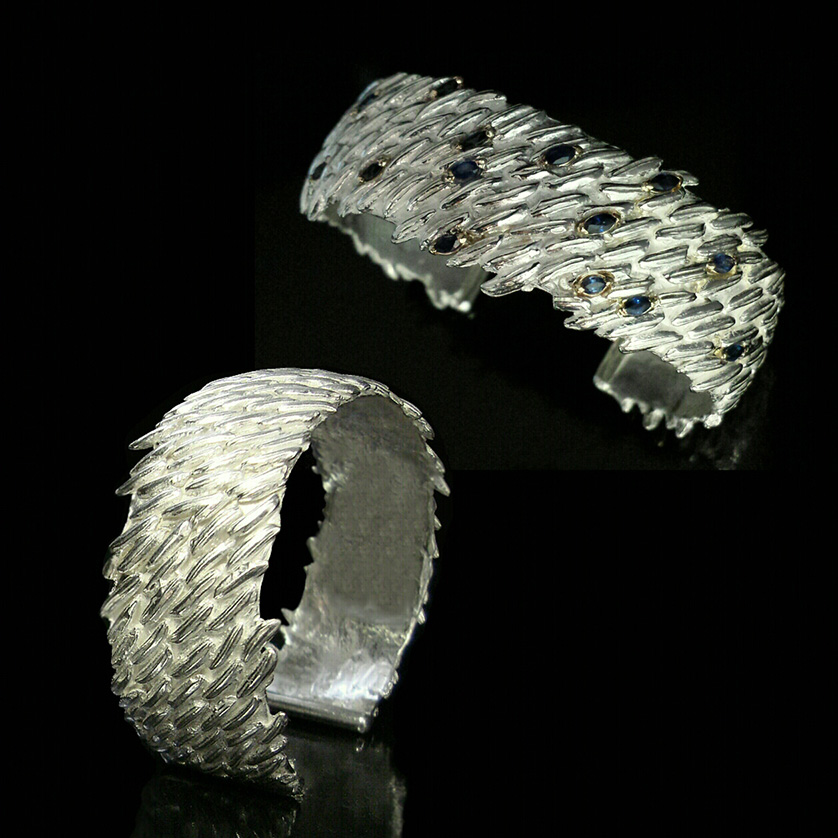

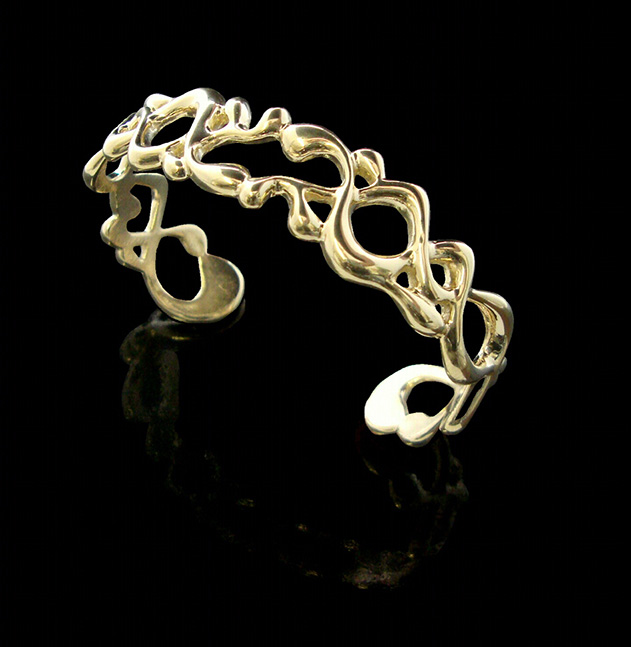

Success. Please wait for the page to reload. If the page does not reload within 5 seconds, please refresh the page.
Enter your email and password to access comments.
Hi, to comment on stories you must . This profile is in addition to your subscription and website login.
Already have a commenting profile? .
Invalid username/password.
Please check your email to confirm and complete your registration.
Only subscribers are eligible to post comments. Please subscribe or login first for digital access. Here’s why.
Use the form below to reset your password. When you've submitted your account email, we will send an email with a reset code.